
9 SIGNS OF A DAMAGED SKIN BARRIER, AND HOW TO REPAIR IT
Have you noticed problems with your skin lately? The problem might be a damaged skin barrier, and if that’s what’s happened, you’ll need to repair it before you can really see improvement. But what does that mean? What is the skin barrier? How will you know if it’s damaged? And if it is damaged, what steps can you take to repair the damage and help your skin get back to normal?
Take a look at what you need to know about the skin barrier, the signs of damage, and what you need to do to fix yours.
SO, WHAT’S A SKIN BARRIER?
While the phrase “skin barrier” sort of sounds like something that you may put on or around your skin yourself to protect it, it’s actually a natural layer of the skin itself. Your skin is a large and versatile organ, and it wants to protect itself from danger and damage, as well as protect the organs located underneath your skin. This layer helps it do so. The skin barrier layer is made up of skin cells called corneocytes that are filled with keratin and moisturizers and held together by lipids.
This layer not only helps to keep pathogens and toxins out of your skin but also helps hold moisture in, preventing the water in your body from evaporating. In short, it keeps you healthy and hydrated.
WHAT CAN DAMAGE THE SKIN BARRIER?
Now that you know how vital the skin barrier is, you might be wondering what could cause damage to it. While the skin barrier is an amazing function of the skin, it isn’t impenetrable or indestructible. Some of the things that cause damage to the skin barrier include an overly humid or arid climate, exposure to irritants, pollutants, and allergens, sun exposure, harsh soaps and detergents, overly vigorous washing, or exfoliating, psychological stress, steroid use, and various genetic factors.
You may notice that some of these factors are firmly within your control – for example, you can always wash and exfoliate more gently – but others are partially or completely out of your control. You can’t change a genetic predisposition to psoriasis, for example, and while you may be able to limit exposure to sun or pollutants, you may not be able to cut out that exposure entirely. This means that even if you’re very careful, you could still experience damage to your skin barrier. That’s why you need to know what that damage looks like and how to fix it when it happens.
WHAT DOES DAMAGE TO THE SKIN BARRIER LOOK LIKE?
Remember, when the skin barrier is working properly, it’s keeping your skin hydrated as well as keeping irritants away from the skin. When it’s damaged, there are cracks in the barrier that allow moisture out and irritants or germs in, so the symptoms that you’ll be looking for are signs that the moisture your skin should be held in has evaporated and those skin irritants that should have been kept out have gotten in.
Some of these symptoms include:
- Scaly or dry skin
- Itchy patches
- Rough skin
- Discolored patches of skin
- Bacterial, viral, or fungal skin infections
- Inflammation
- More sensitive skin than normal
- Dullness or redness
- Acne
Repairing a damaged skin barrier takes some work, and most likely requires a different skincare routine from the one you’ve been using, at least temporarily. So, when you notice signs that your skin barrier is broken, it’s important not to just continue as normal and hope that it goes away on its own. Your body wants to repair itself – and it’s generally pretty good at doing that – but you still need to give it the tools it needs to help it along – and stop doing things that prevent it from healing.
HOW CAN I REPAIR MY SKIN BARRIER?
To repair your skin barrier, begin by looking at your existing routine. You may be overdoing it, or your skin might need a temporary break. Take cleansing, for example. Of course, it’s important to cleanse your skin! But cleansers are also drying. Do you have naturally oily skin? If so, then cleansing twice a day is probably appropriate. But if your skin is naturally normal or dry, using a cleanser on it twice a day may be too much. Instead, try cleansing just at night and settling for splashing water on it in the morning. Also, if you’re using very hot water to cleanse your face, you might be better off switching to lukewarm water instead.
Keep in mind, too, that skin doesn’t necessarily stay the same. As you get older, for example, you might tend toward dry skin, even if you had oily skin in the past. Evaluate whether your skincare routine is appropriate for your current skin type, not the skin type you had a few years ago.
Exfoliating is another area where the skin often needs a break or a change. Exfoliating in moderation can create radiant, smooth skin. But you can also overdo it. You may need to take a break, exfoliate more gently or less often, or switch to a gentler exfoliant.
Speaking of gentler ingredients, what you put on your face is as important as how gently and how often you use products on your face. When your skin barrier is damaged, certain ingredients can help to restore it. Moisturizer is vital for a damaged skin barrier and definitely should be part of your regular routine and a big part of a repair routine. If you typically have oily skin, you can opt for an oil-free moisturizer that will give your skin the hydration it needs without leaving an additional oily residue on your face.
CONCLUSION
Skin with a damaged skin barrier needs humectants that bind to water and help keep the moisture in your skin. These include things like glycerin, propanediol, and hyaluronic acid. You’ll also want to look for emollients, which seal the skin against water loss. These include fatty acids like rosehip seed oil, olive oil, and sunflower oil.
Look for ceramides and antioxidants as well, which help protect your skin from free radicals while repairing signs of damage like lines and wrinkles. And don’t forget to protect your skin from further damage by taking steps like wearing broad-spectrum SPF daily and wearing other sun protection, like sunglasses and broad-brimmed hats. If you are looking for products that can help you repair, protect, and maintain your skin barrier, Iconic Skin Clinic can help.
 None
None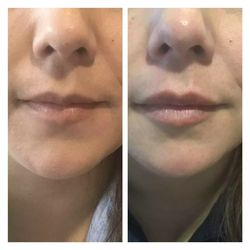 None
None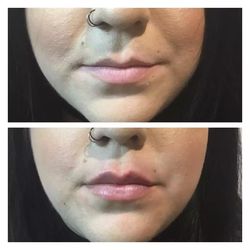 None
None None
None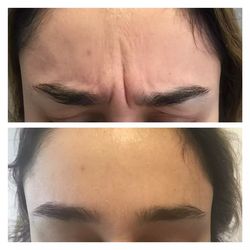 None
None None
None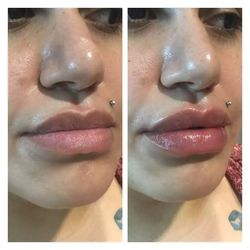 None
None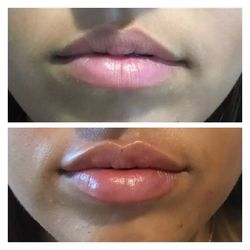 None
None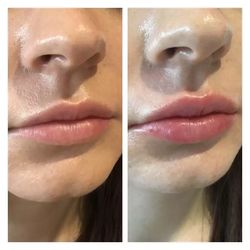 None
None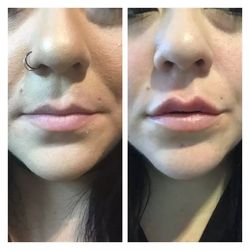 None
None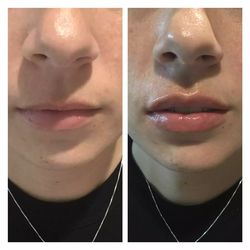 None
None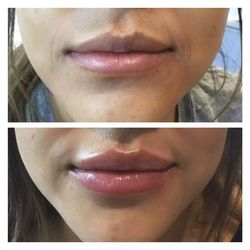 None
None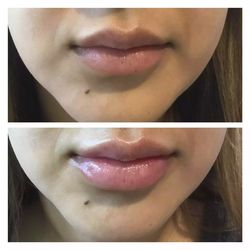 None
None None
None None
None None
None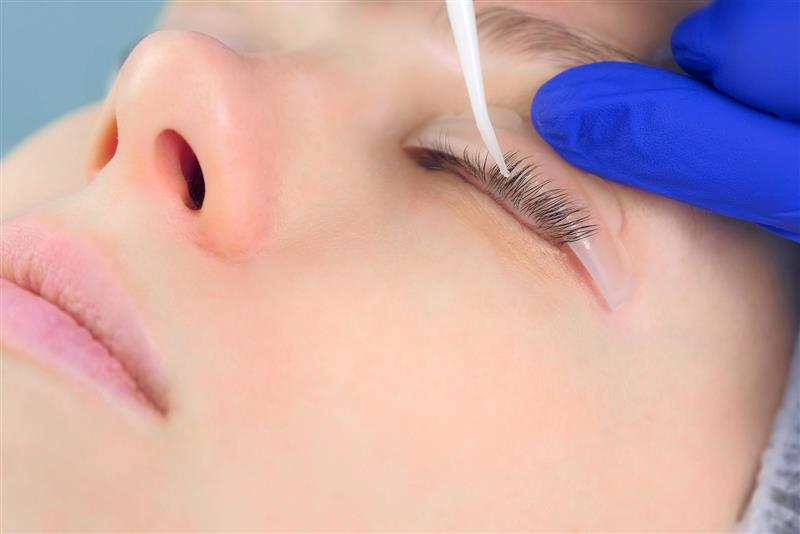

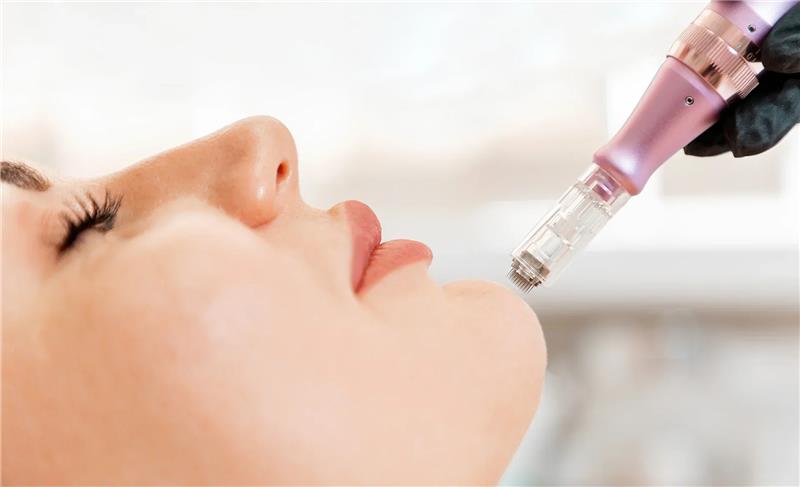

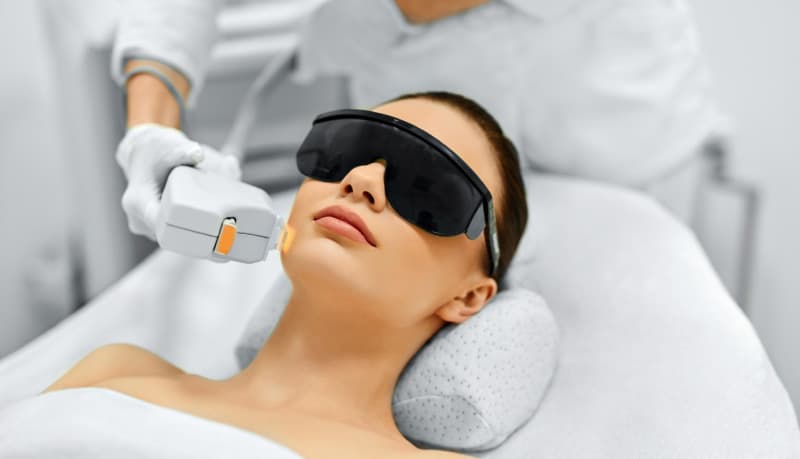









0 comments